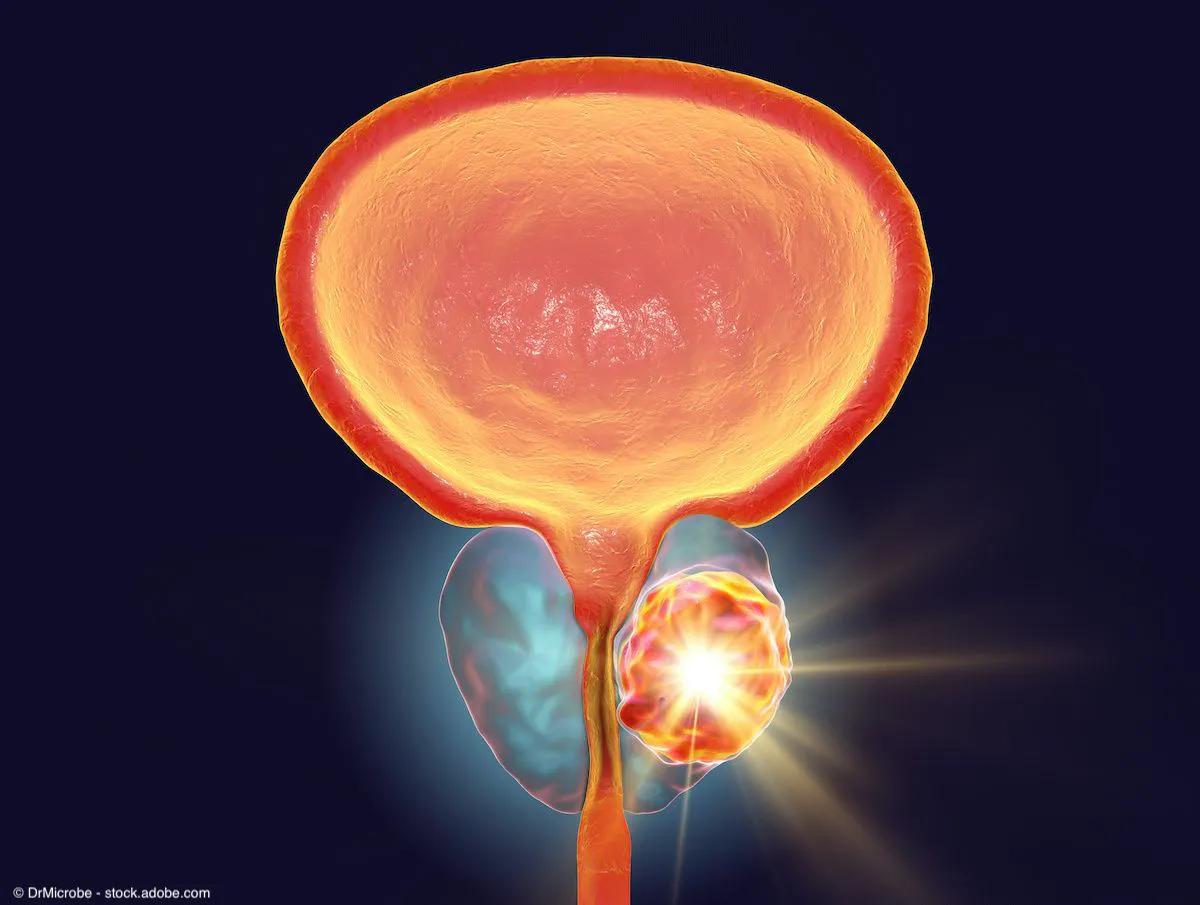Opinion
Video
Fertility restoration may offer benefits in cost, efficacy vs sperm cryopreservation
Author(s):
“While sperm cryopreservation is very safe, there might be hidden costs that patients aren't aware of, both [in] the upfront costs of preserving the sperm and then the annual cost of maintaining it at a facility,” says Bradley Roth, MS4.
In this video, Bradley Roth, MS4, and Scott D. Lundy, MD, PhD, HCLD, highlight key findings from the study, “Routine Sperm Cryopreservation before Vasectomy Is Not Cost-Effective and Does Not Increase Live Birth Rates Compared to Surgical Sperm Retrieval or Vasectomy Reversal.”
Roth is a fourth-year medical student at the University of California, Irvine Medical Center, and Lundy is the section head of reproductive urology as well as a surgeon scientist at the Cleveland Clinic in Cleveland, Ohio.
Video Transcript:
Roth: We ran 3 types of models in the cost-effectiveness analysis, 1 being weighted in favor of cryopreservation—so, the weights that we entered into the actual mathematical model would more or less favor cryopreservation—a balanced model, which might be the most reflective of the real-world situation, and then a model that favors vasectomy reversal. In the balanced model and the vasectomy reversal model, vasectomy reversal was the more cost-effective finding, whereas the only situation in which sperm cryopreservation was more cost-effective was in the extreme situation in which the situation was weighed in favor of sperm cryopreservation, which likely is not reflective of what the real-life situation is. That, I think, is the key finding of this study. Whether or not it's surprising. I'm not sure, but I think it's a good finding to give patients more of an idea of the risks and benefits of both potential options prior to vasectomy. While sperm cryopreservation is very safe, there might be hidden costa that patients aren't aware of, both [in] the upfront costs of preserving the sperm and then the annual cost of maintaining it at a facility. I think that just shed some light on what might not be popularly known among patients.
Lundy: One of the key aspects of fertility preservation is that most of this is not covered by insurance. This is an out-of-pocket cost to anyone who decides to store their sperm, both upfront and then annually as well. The goal here is to understand whether that's worth it from a patient perspective, and secondarily, to understand whether the outcomes and the success rates are different for each approach. In this study, we found that it was more cost prohibitive to routinely bank sperm simply because very few people ultimately choose to restore fertility, and all those who don't are simply using their money for a frozen specimen that they'll never use. That costs quite a bit of money over time. What was surprising to me was that the success rates were actually higher in the group where we restored fertility, either through a vasectomy reversal or through collecting sperm to use for IVF with a minor procedure. In our models, this suggests that the outcomes, as far as success rates, are the same, if not slightly better, in the fertility restoration compared to the cryopreservation [group], which suggests that in both cost and in efficacy, the restoration might be a better choice.
This transcript was AI generated and edited by human editors for clarity.
















